In this article we will delve into the world of rebreather diving vs scuba diving, uncovering their unique features, advantages, and environmental impacts.
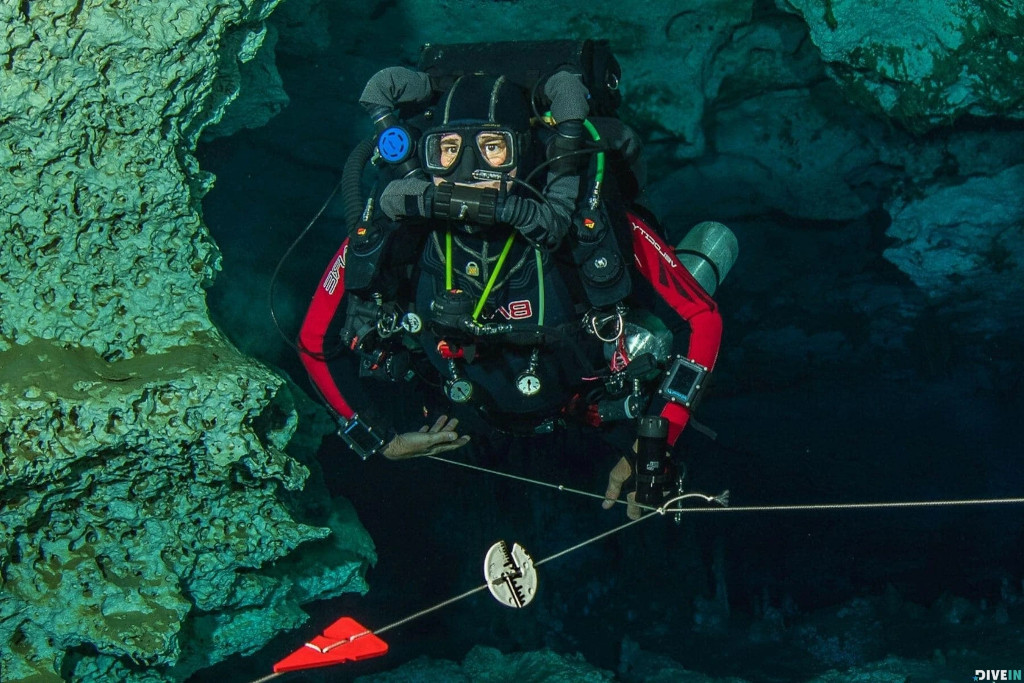
Diving has long captivated the human imagination, offering a gateway to a mesmerizing underwater world teeming with vibrant marine life and awe-inspiring landscapes.
Over the years, diving technology has evolved significantly, providing divers with new opportunities to explore the depths of the ocean.
Among the most significant advancements are rebreathers, offering a revolutionary alternative to traditional SCUBA (Self-Contained Underwater Breathing Apparatus) diving.
By comparing these two diving methods, we hope to shed light on the exciting possibilities they present and help divers make informed choices that align with their goals and values. Join us as we venture beyond bubbles and discover the hidden wonders of the underwater realm.
What is rebreather diving?
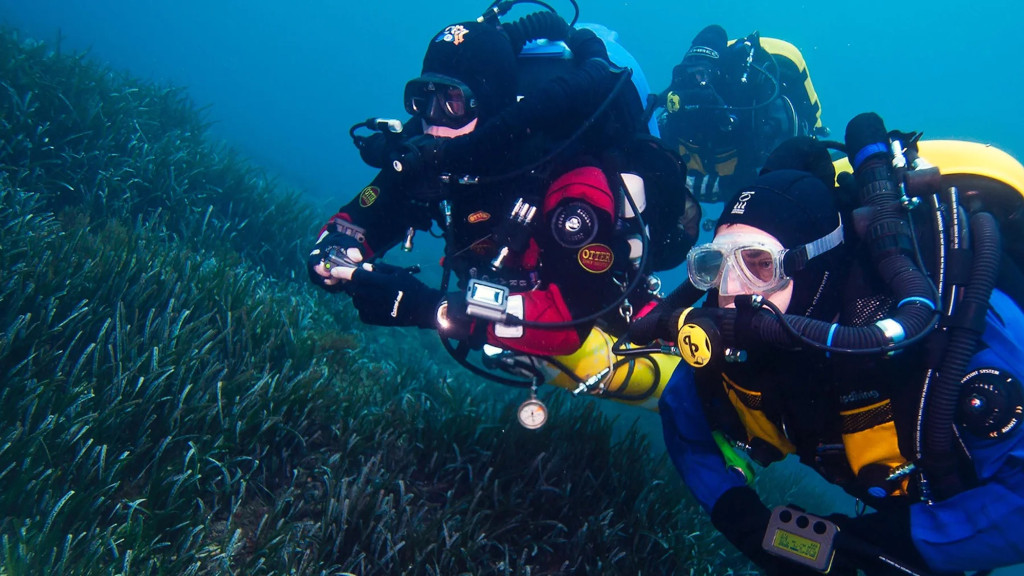
Rebreather diving is a type of scuba diving that involves the use of a rebreather, which is a specialized breathing apparatus. Unlike traditional scuba equipment that releases exhaled breaths into the water, a rebreather recycles and filters the exhaled gas, allowing the diver to reuse it by removing carbon dioxide and adding oxygen or a gas mix back to the breathing loop.
The main components of a rebreather system include:
Breathing loop
This is the closed circuit system where the diver breathes. It typically consists of a mouthpiece or full-face mask, hoses, and a counter-lung (a flexible bag that expands and contracts as the diver breathes in and out).
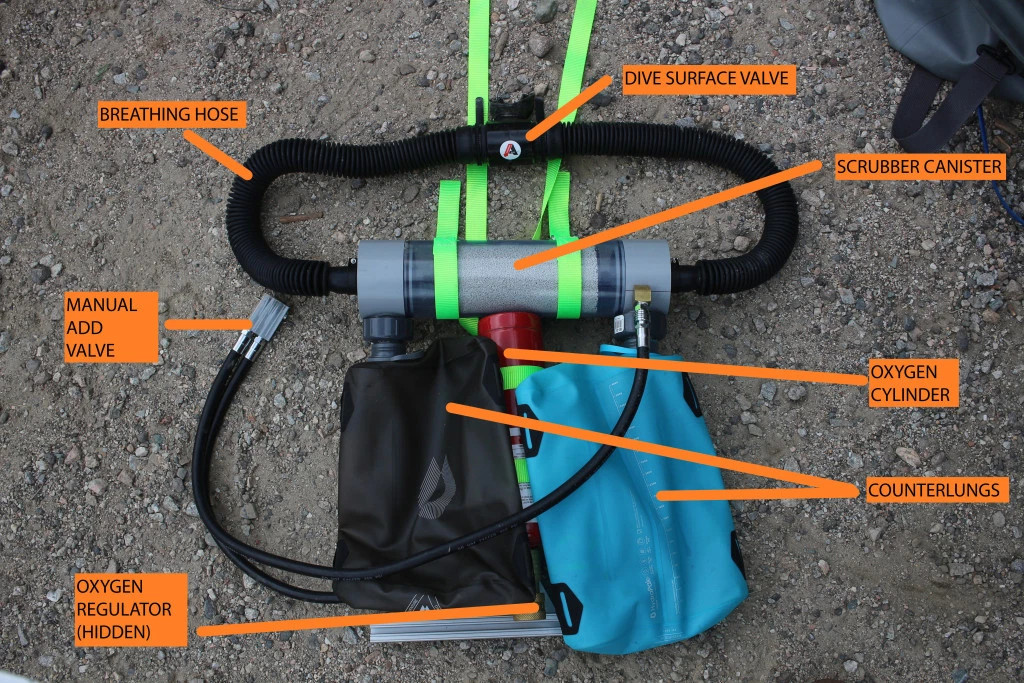
Scrubber or Absorbent Canister
This contains a material (such as soda lime) that absorbs carbon dioxide from the exhaled breath, allowing the rebreather to maintain a breathable gas mixture.
Oxygen or Diluent Supply
Rebreathers can be either closed-circuit (CCR), where the oxygen level is manually controlled by the diver, or semi-closed circuit (SCR), where a constant flow of gas mix is supplied and the excess is vented.
Rebreathers offer several advantages over traditional open-circuit scuba systems:
Gas Efficiency
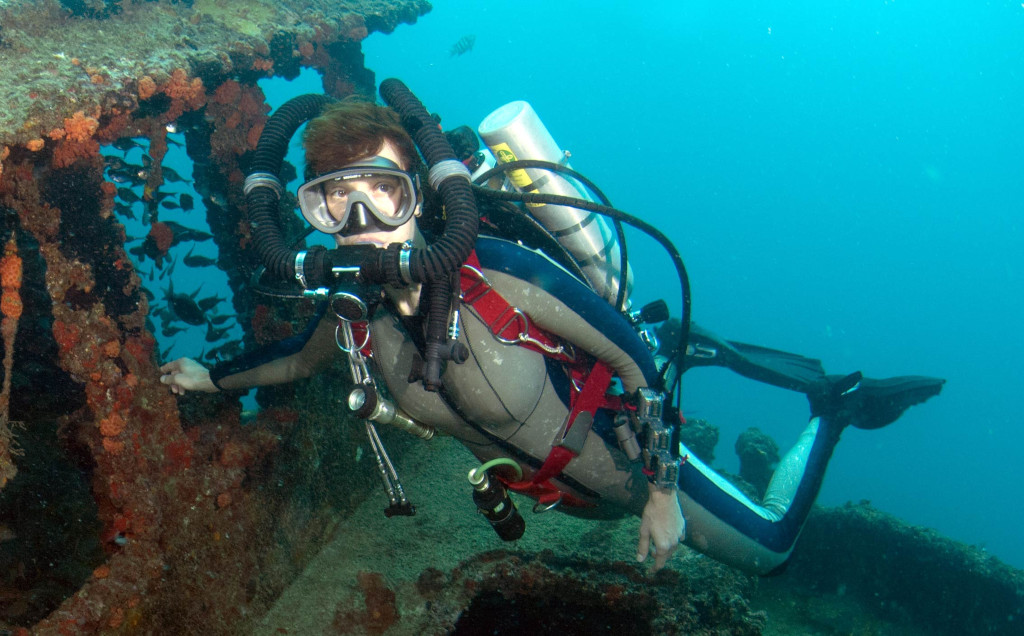
Rebreathers recycle unused gas, resulting in longer dive durations and reduced gas consumption, making them particularly useful for extended dive times or deep dives.
Silent Operation
The lack of bubbles from exhaled gas makes rebreathers ideal for underwater photography, marine research, and wildlife observation, as they are less likely to disturb marine life.
Warmth and Moisture
The recycling of gas helps retain warmth and moisture, reducing the risk of hypothermia.
Reduced Decompression Obligations
By maintaining a constant gas mixture, rebreathers can optimize the gas blend for each depth, potentially reducing decompression stops and extending bottom times.
However, rebreather diving also has its complexities and risks. It requires specialized training and certification due to the different considerations involved, such as monitoring the gas mix, maintaining the equipment properly, and handling potential failure scenarios.
As with any type of scuba diving, safety protocols, proper training, and adherence to best practices are crucial when engaging in rebreather diving.
The Evolution of Diving Technology: From SCUBA to Rebreathers
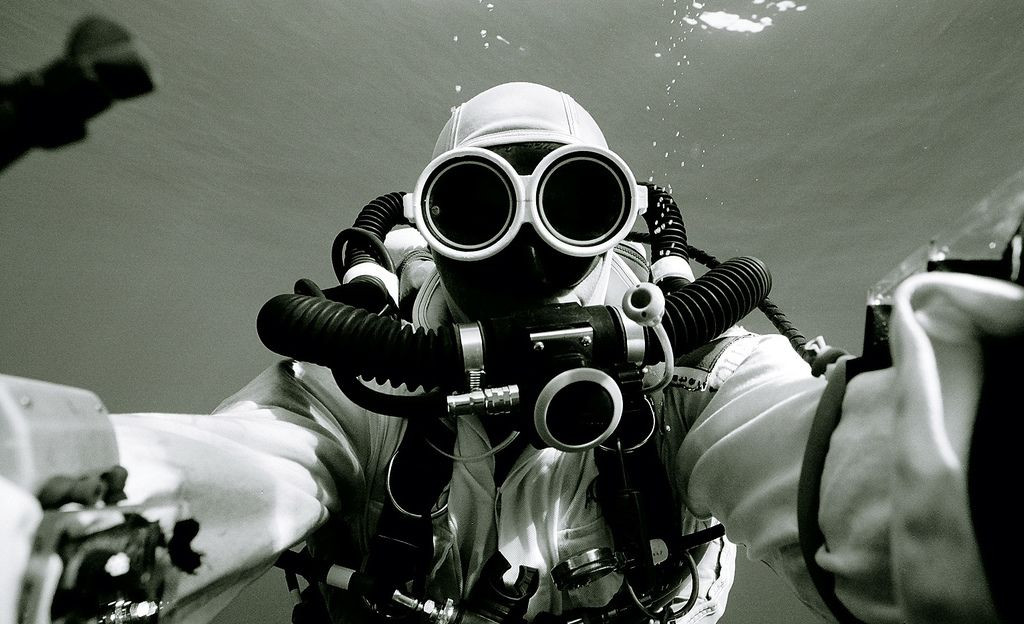
Diving technology has come a long way since the introduction of SCUBA (Self-Contained Underwater Breathing Apparatus) in the mid-20th century. SCUBA diving revolutionized underwater exploration, offering divers the freedom to explore marine environments with ease.
However, as the demand for extended dive times and reduced disturbances to marine life grew, rebreathers emerged as a viable alternative, utilizing closed-circuit systems to recycle breathing gas and provide longer, quieter dives.
Training and Certification:Mastering the Art of Rebreather Diving
Rebreather diving requires specialized training and certification due to the complexity of the equipment and the potential risks involved. Divers seeking to venture into the world of rebreathers must undergo rigorous training to understand the mechanics, maintenance, and safety protocols associated with this technology. Proper training is essential to ensure a safe and enjoyable experience, as well as to reduce the risk of accidents and decompression sickness.
How Rebreathers and SCUBA Diving Differ
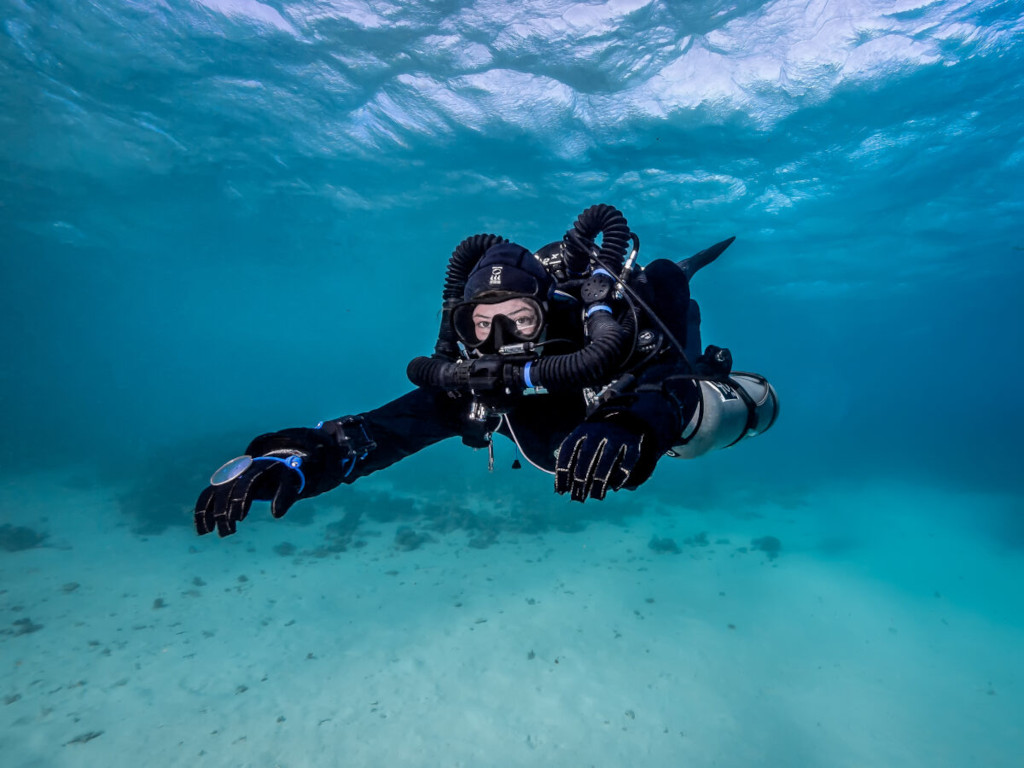
One of the critical considerations in diving is its impact on marine ecosystems. Traditional SCUBA diving, with its open-circuit systems and the release of bubbles, can cause disturbances to marine life and even affect delicate underwater habitats.
Rebreathers, with their silent operation and minimized bubbles, have the potential to offer a more eco-friendly approach to diving, allowing divers to observe marine life without causing undue stress to the underwater environment.
Exploration Possibilities: Unlocking New Frontiers with Rebreathers
Rebreathers open up exciting possibilities for exploration that were previously limited by traditional scuba gear. Technical divers equipped with rebreathers can venture deeper into the ocean, reaching depths that are beyond the safe limits of open-circuit divers.
These extended dive times and depth capabilities have led to groundbreaking discoveries in marine archaeology, underwater cave systems, and deep-sea research, providing a new era of exploration and scientific advancements.
Choosing the Right Dive: Matching Diving Methods to Diver Objectives
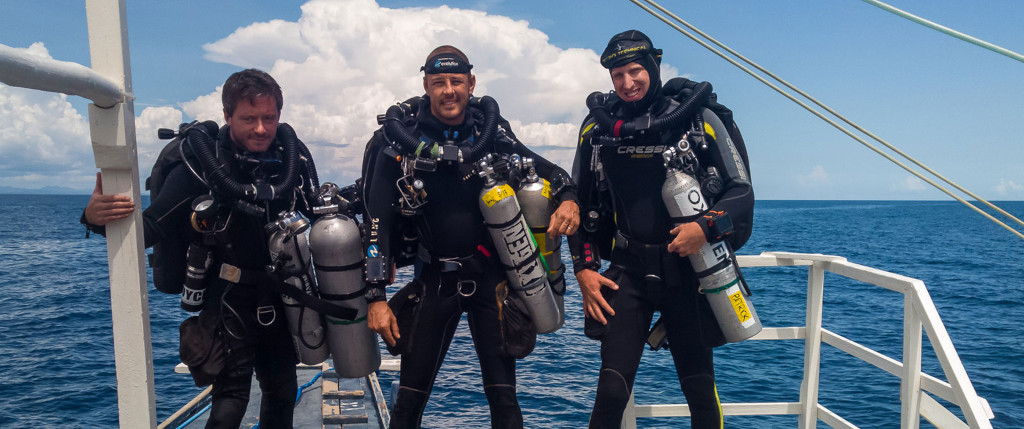
Deciding between rebreather and SCUBA diving ultimately comes down to the diver’s objectives and preferences. Rebreathers are an excellent choice for experienced divers seeking longer bottom times, the ability to get closer to marine life, and exploration of less-traveled dive sites.
On the other hand, SCUBA remains a popular choice for recreational divers who prioritize simplicity, accessibility, and the camaraderie of group diving experiences.
The Future of Diving: Embracing Innovation and Sustainability
As technology continues to advance, the future of diving holds exciting possibilities. Rebreather technology is likely to become more user-friendly and accessible to a broader range of divers, fostering a balance between rebreathers and SCUBA in the diving community.
The development of sustainable dive practices and eco-friendly gear will be crucial in preserving marine ecosystems for generations of divers to come. By embracing innovation and maintaining a deep respect for the underwater world, divers can continue to explore and cherish the wonders of the ocean while being responsible stewards of its fragile beauty.
Summarizing
As we conclude our exploration of rebreather diving versus traditional SCUBA, it is evident that both methods offer unique advantages and enriching experiences to divers.
Rebreathers, with their silent operation and extended dive times, are paving the way for groundbreaking underwater exploration and fostering a deeper connection with marine life. However, it is crucial to recognize that rebreathers require specialized training and maintenance, making them better suited for experienced divers seeking technical challenges.
On the other hand, SCUBA remains the go-to choice for many recreational divers, offering simplicity, accessibility, and opportunities for shared adventures with fellow enthusiasts.
While traditional scuba gear may produce bubbles and create some disturbances in marine ecosystems, responsible diving practices and increased awareness can mitigate potential negative impacts.
Looking to the future, it is essential for the diving community to embrace innovation while prioritizing sustainability and eco-friendly practices. By striking a balance between rebreathers and SCUBA, we can preserve the delicate beauty of the ocean and continue to uncover its mysteries responsibly.
Whether you are drawn to the quiet elegance of rebreather diving or the camaraderie of SCUBA exploration, the underwater world holds boundless treasures waiting to be discovered. Embrace the journey, respect the ocean, and cherish the privilege of being among the fortunate few who get to experience the magic of diving “beyond bubbles.” Happy diving!
